Tien Huu Do
Deep Learning-based Prediction of Clinical Trial Enrollment with Uncertainty Estimates
Jul 31, 2025Abstract:Clinical trials are a systematic endeavor to assess the safety and efficacy of new drugs or treatments. Conducting such trials typically demands significant financial investment and meticulous planning, highlighting the need for accurate predictions of trial outcomes. Accurately predicting patient enrollment, a key factor in trial success, is one of the primary challenges during the planning phase. In this work, we propose a novel deep learning-based method to address this critical challenge. Our method, implemented as a neural network model, leverages pre-trained language models (PLMs) to capture the complexities and nuances of clinical documents, transforming them into expressive representations. These representations are then combined with encoded tabular features via an attention mechanism. To account for uncertainties in enrollment prediction, we enhance the model with a probabilistic layer based on the Gamma distribution, which enables range estimation. We apply the proposed model to predict clinical trial duration, assuming site-level enrollment follows a Poisson-Gamma process. We carry out extensive experiments on real-world clinical trial data, and show that the proposed method can effectively predict the number of patients enrolled at a number of sites for a given clinical trial, outperforming established baseline models.
Graph Convolutional Neural Networks with Node Transition Probability-based Message Passing and DropNode Regularization
Aug 28, 2020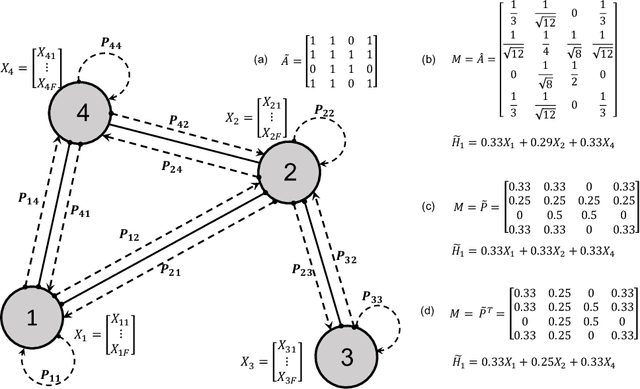
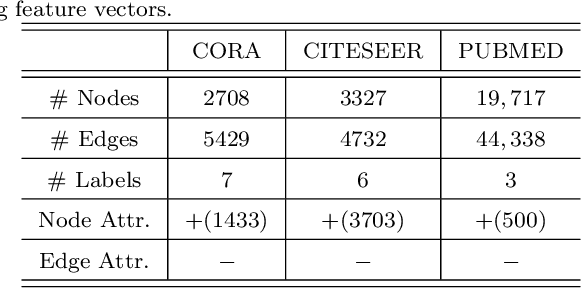
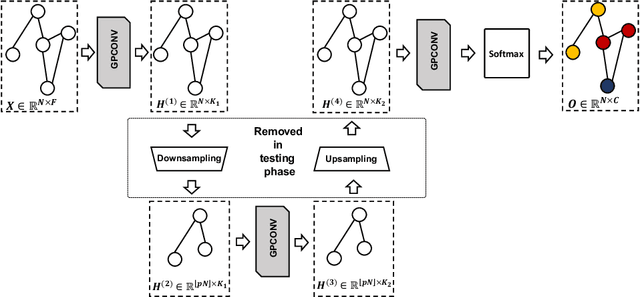
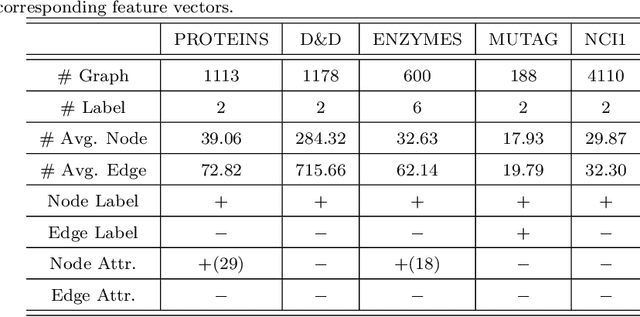
Abstract:Graph convolutional neural networks (GCNNs) have received much attention recently, owing to their capability in handling graph-structured data. Among the existing GCNNs, many methods can be viewed as instances of a neural message passing motif; features of nodes are passed around their neighbors, aggregated and transformed to produce better nodes' representations. Nevertheless, these methods seldom use node transition probabilities, a measure that has been found useful in exploring graphs. Furthermore, when the transition probabilities are used, their transition direction is often improperly considered in the feature aggregation step, resulting in an inefficient weighting scheme. In addition, although a great number of GCNN models with increasing level of complexity have been introduced, the GCNNs often suffer from over-fitting when being trained on small graphs. Another issue of the GCNNs is over-smoothing, which tends to make nodes' representations indistinguishable. This work presents a new method to improve the message passing process based on node transition probabilities by properly considering the transition direction, leading to a better weighting scheme in nodes' features aggregation compared to the existing counterpart. Moreover, we propose a novel regularization method termed DropNode to address the over-fitting and over-smoothing issues simultaneously. DropNode randomly discards part of a graph, thus it creates multiple deformed versions of the graph, leading to data augmentation regularization effect. Additionally, DropNode lessens the connectivity of the graph, mitigating the effect of over-smoothing in deep GCNNs. Extensive experiments on eight benchmark datasets for node and graph classification tasks demonstrate the effectiveness of the proposed methods in comparison with the state of the art.
Rumour Detection via News Propagation Dynamics and User Representation Learning
Apr 18, 2019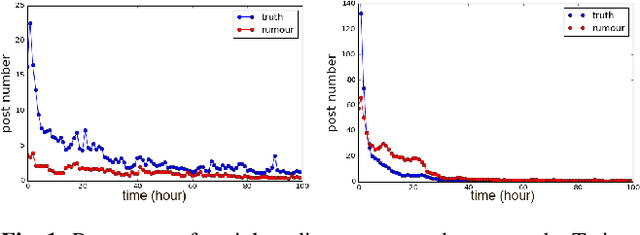

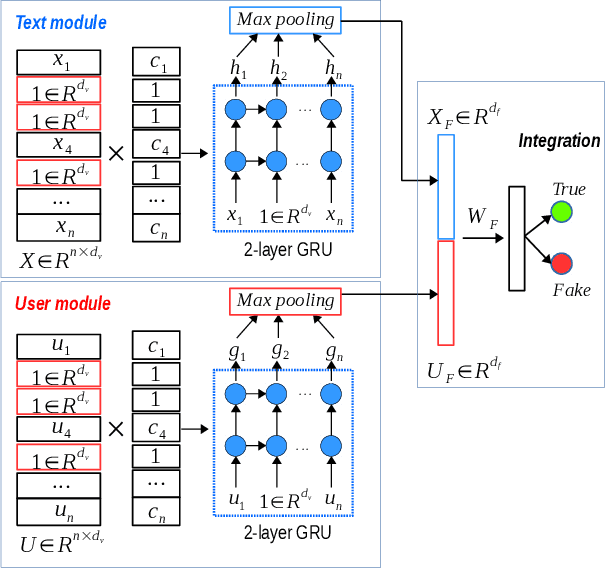
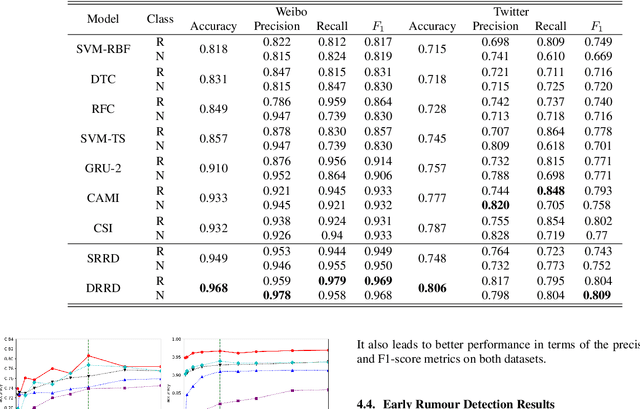
Abstract:Rumours have existed for a long time and have been known for serious consequences. The rapid growth of social media platforms has multiplied the negative impact of rumours; it thus becomes important to early detect them. Many methods have been introduced to detect rumours using the content or the social context of news. However, most existing methods ignore or do not explore effectively the propagation pattern of news in social media, including the sequence of interactions of social media users with news across time. In this work, we propose a novel method for rumour detection based on deep learning. Our method leverages the propagation process of the news by learning the users' representation and the temporal interrelation of users' responses. Experiments conducted on Twitter and Weibo datasets demonstrate the state-of-the-art performance of the proposed method.
Matrix Completion With Variational Graph Autoencoders: Application in Hyperlocal Air Quality Inference
Nov 05, 2018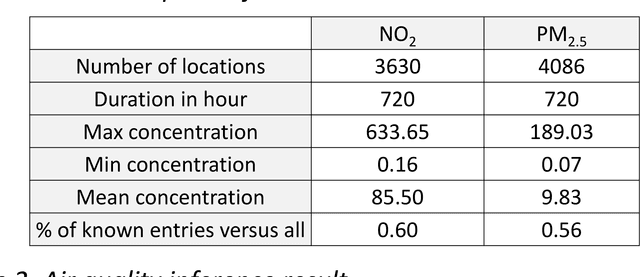
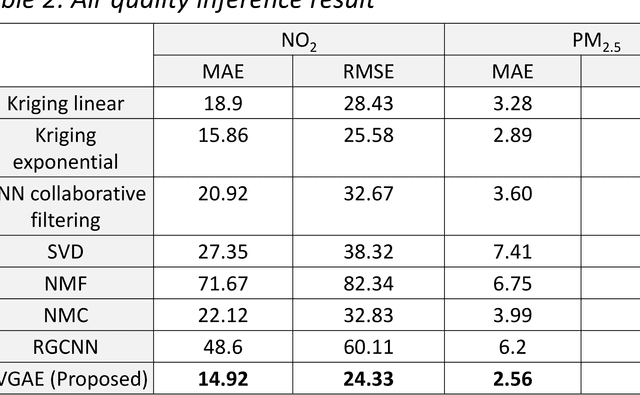
Abstract:Inferring air quality from a limited number of observations is an essential task for monitoring and controlling air pollution. Existing inference methods typically use low spatial resolution data collected by fixed monitoring stations and infer the concentration of air pollutants using additional types of data, e.g., meteorological and traffic information. In this work, we focus on street-level air quality inference by utilizing data collected by mobile stations. We formulate air quality inference in this setting as a graph-based matrix completion problem and propose a novel variational model based on graph convolutional autoencoders. Our model captures effectively the spatio-temporal correlation of the measurements and does not depend on the availability of additional information apart from the street-network topology. Experiments on a real air quality dataset, collected with mobile stations, shows that the proposed model outperforms state-of-the-art approaches.
Twitter User Geolocation using Deep Multiview Learning
May 11, 2018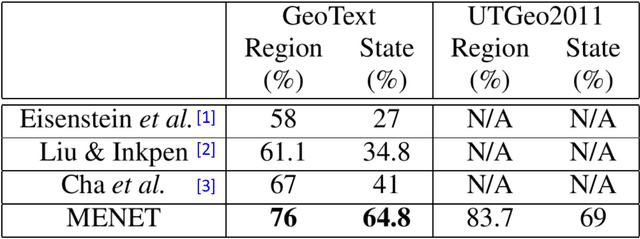
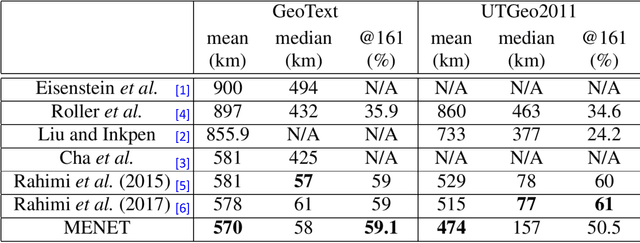
Abstract:Predicting the geographical location of users on social networks like Twitter is an active research topic with plenty of methods proposed so far. Most of the existing work follows either a content-based or a network-based approach. The former is based on user-generated content while the latter exploits the structure of the network of users. In this paper, we propose a more generic approach, which incorporates not only both content-based and network-based features, but also other available information into a unified model. Our approach, named Multi-Entry Neural Network (MENET), leverages the latest advances in deep learning and multiview learning. A realization of MENET with textual, network and metadata features results in an effective method for Twitter user geolocation, achieving the state of the art on two well-known datasets.
Multiview Deep Learning for Predicting Twitter Users' Location
Dec 21, 2017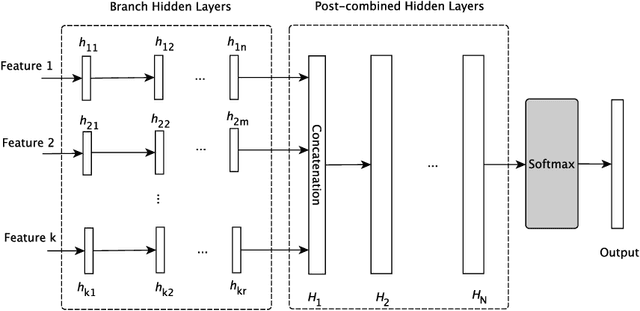

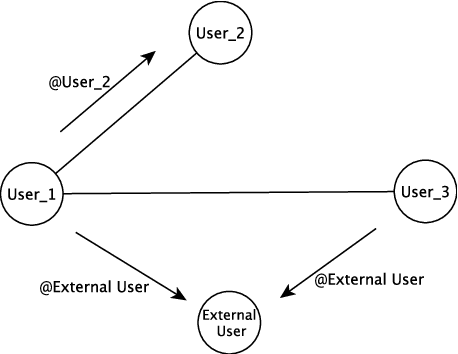

Abstract:The problem of predicting the location of users on large social networks like Twitter has emerged from real-life applications such as social unrest detection and online marketing. Twitter user geolocation is a difficult and active research topic with a vast literature. Most of the proposed methods follow either a content-based or a network-based approach. The former exploits user-generated content while the latter utilizes the connection or interaction between Twitter users. In this paper, we introduce a novel method combining the strength of both approaches. Concretely, we propose a multi-entry neural network architecture named MENET leveraging the advances in deep learning and multiview learning. The generalizability of MENET enables the integration of multiple data representations. In the context of Twitter user geolocation, we realize MENET with textual, network, and metadata features. Considering the natural distribution of Twitter users across the concerned geographical area, we subdivide the surface of the earth into multi-scale cells and train MENET with the labels of the cells. We show that our method outperforms the state of the art by a large margin on three benchmark datasets.
 Add to Chrome
Add to Chrome Add to Firefox
Add to Firefox Add to Edge
Add to Edge